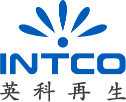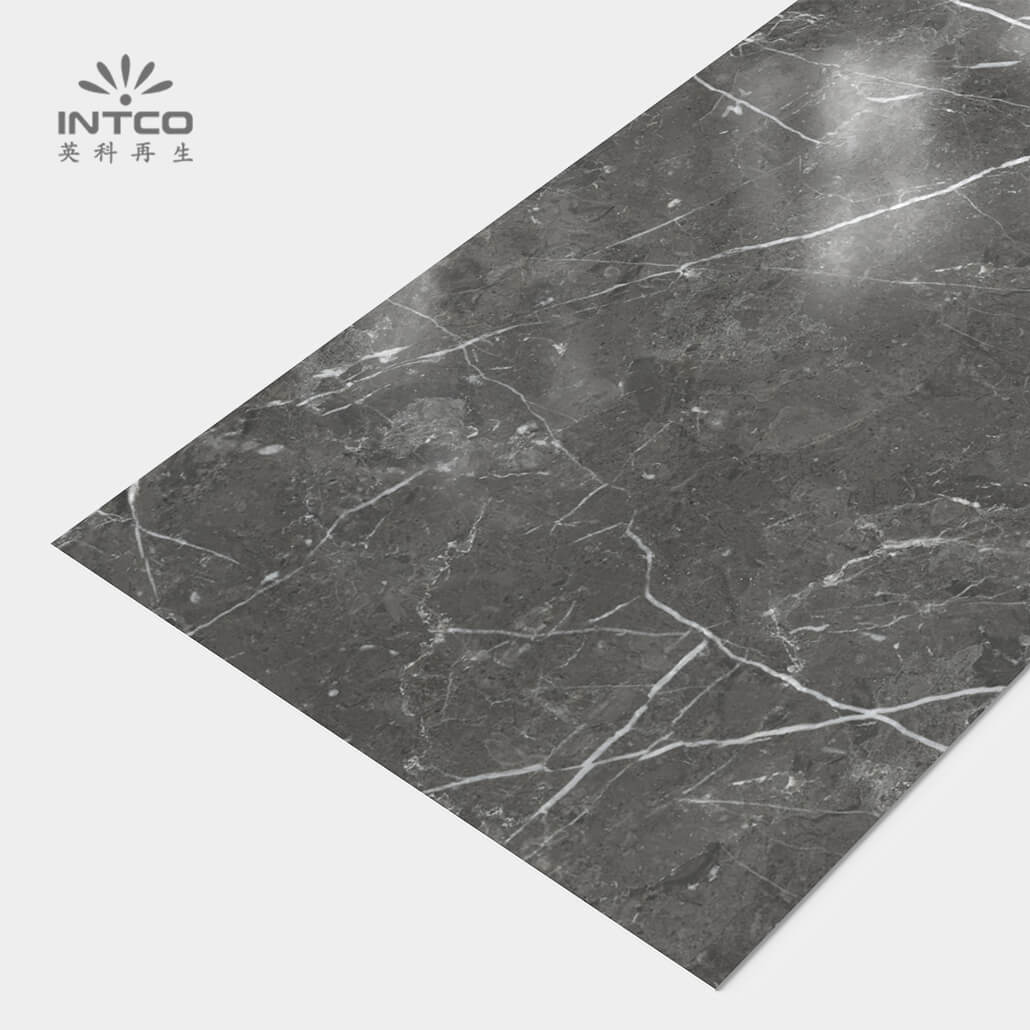Categories
Understanding SPC UV Board: Core Composition and Innovative Features
Introduction to SPC UV Board
The SPC UV board is an excellent example of the development and integration of sophisticated technologies and approaches to sustainability in a new building and panel material. Therefore, the considered product is focused on excellent performance and considerable environmental sustainability. Concomitantly, more and more residential and commercial consumers select SPC UV boards as their building and decorating material that boasts the unique look and barrier characteristics that it also processes regarding the composition and other innovative features.
Core Composition of SPC UV Board
Natural Limestone
Natural limestone is taken as the major raw material in the manufacturing process of SPC UV board. This type of mineral, in turn, is a universal item that has great durability and stability. Moreover, it can serve as an indissoluble base of the board, which enhances the structure nowadays and greatly reduces the depreciation in the future. The other substantial benefit of the abovementioned material is the eco-friendly character, as the construction industry considers natural items as one of the valid tendencies in future building.
Stone Plastic Composite (SPC) Core
Already proving itself conducive and advantageous to the production process and eventual characteristics of SPC UV boards, the Stone Plastic Composite core is lined up next as another crucial element of this type of board. In practice, this core material is comprised of a mix of limestone and polyvinyl chloride that is processed under the influence of high pressure and heat. This contributes to the formation of a very stable and durable material that allows the SPC UV board to remain dimensionally stable regardless of any environmental changes. This implies that the board remains flat and durable, which makes it suitable for a variety of uses in dynamic settings. It also allows lighter materials to be used in the board, making it easier to work with, although this does not suppress the overall strength of the SPC UV board.
Innovative Features of SPC UV Board
Durability and Stability
One of the most prominent features of the SPC UV boards is the high level of their durability and stability. It is made possible by high resistance to impacts, scratches, and general wear, which is due to the combination of the natural limestone and SPC core. In addition, this type of finish is capable of maintaining the structure over a variety of climates, which could help it stand the test of time. At the same time, the level of stability is enhanced, which results in a lower need for repairs or replacement, and ultimately better cost-effectiveness for both households and commercial use.
Waterproof Properties
A characteristic, which is highly important for every flooring or paneling material, is that SPC UV boards are waterproof. The intrinsic waterproof feature is attributed to the nature of the SPC core as well as its sealant surface, which will not be damaged by a spill or moisture. Therefore, the SPC UV boards seem to be tailored for buildings and facilities, which are subject to water, such as bathrooms, kitchens, and basements. This particular feature also does not allow mold or mildew to grow, creating a safe and environmentally friendly atmosphere inside the house as well as enhancing the board performance.
Environmental Sustainability
Material selection in the modern world is not only about the technical characteristics of products but also issues of environmental friendliness. SPC UV boards are the solution that is not only practical but also reflects the commitment to ecology. The sales aspect of these products is emphasized because of the current trend toward the conservation of the environment; hence, the use of these boards can be considered feasible. Both the composition of the core and the technology of its production demonstrate ecological advantages, such as the use of natural rock in the core and waste prevention or less carbon production in the technology. The majority of enterprises are interested in the development of more sustainable production, and most factory managers are looking for ways to utilize recyclable materials. The conclusion that can be drawn is that the selection of SPC UV boards brings pride to the consumers who are confident in the environmentally friendly choice.
Architectural Applications of SPC UV Board
Modern Material for Walls and Floors
SPC UV boards have become a popular modern material for walls and floors nowadays. Their compostion allows us use them in many different architectural objects, both commercial and domestic. Their stability is one of the most important aspects since this is the idea of architecture – to use material that will stay and will not need frequent repairing or replacing. SPC UV boards are also very light, which would decrease manual labor and allow them to build up faster, reducing costs.
Another aspect of relevance is that this material is perfect from an aesthetic point of view. With a wide range of colors, grains, finishes, this material meets different tastes and fits both modern and classic designs. With such diversity, SPC UV boards are appropriate for various architectural forms and can be used in different locations such as retail premises, offices, apartments, or hotels. Thus, the choice of this material allows architects and designers to implement innovative and beautiful solutions that meet modern people’s living standards.
Aesthetic Flexibility
The increasing popularity of SPC UV boards in the architectural industry is mainly attributed to their aesthetic flexibility. SPC UV boards are capable of resembling a large variety of surfaces, without any of the commonly associated disadvantages. Moreover, manufacturers can customize the designs of the boards, such as colors and textures, based on client’s the requirements. Thus, this type of board provides more opportunities for designers to implement various designs.
On a related note, unlike typical SPC floors, SPC UV boards undergo surface treatments that add to their visual appeal. The high-gloss finish that is usually applied during production not only aids in enhancing the boards’ aestheticism but also improves their protective properties – most specifically, these boards become more resistant to scratches, and, in this way, easier to keep in order. As soon as the current trends in interior improvement change, the boards can be easily modified or removed to make place for a new decor style since the boards do not lose any of their strength and functionality.
The Future of Construction with SPC UV Board
In the long run, improvements in the field of manufacturing technology can also lead to the enhancement of SPC UV boards and the creation of an even larger number of advantages associated with the product. For example, lighter but sturdier SPC Wall Panels boards can be created with the help of more recent innovations. As a result, the given material will be easier to use while also decreasing the costs and the ecological impact connected to transportation. In turn, the sustainable production of SPC UV boards can be made even more sustainable in the future. In this way, current efforts to enhance and promote the given construction material allow to develop of innovations that could potentially make the usage of SPC UV boards even more favorable.
Summary of SPC UV Board’s Attributes
When summarizing the traits of SPC UV boards, the key aspects should be stressed to ensure that they are popular with other factors that play a significant role in architecture and construction. The core composition with limestone and SPC core with high durability is the initial criterion that can always be presented as beneficial. The boards are waterproof and, as a result, can be applied in areas that were unavailable before, which also leads to expanded application as it is suitable for all environments.
With the advancement of materials, SPC will become one of the preferred materials for more products, such as wall panels. More mature and advanced manufacturers like INTCO Decor will continue to pay attention to the technological development of building materials and launch more product innovations.









